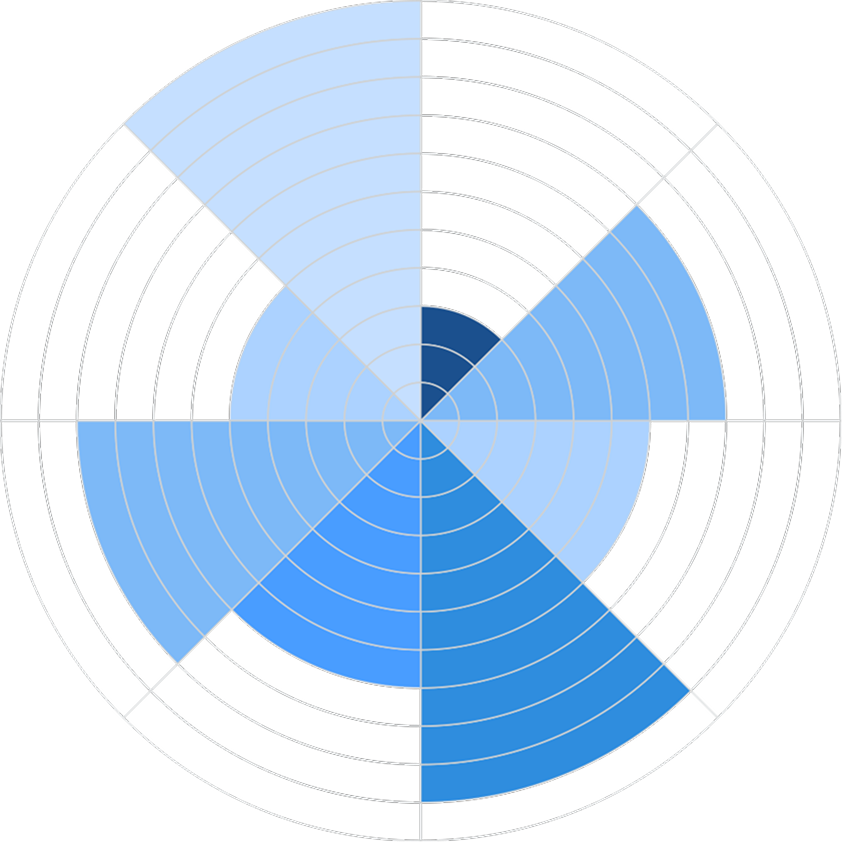
The chart is organized in a circular manner, with the center representing the origin and the outer edge representing the maximum value.
A step-by-step guide for creating a Polar Area Chart through QuickGraphAI Editor:


A Polar Area Chart is a data representation in an angular graph. Every point or radial line represents more than one variable across categories of different kinds.

QuickGraph AI Editor transformed how we present data. The AI-powered insights and seamless interactive editor make complex visualizations effortless and dynamic. It was like having a data scientist and a designer in one tool!

Explore our insightful blog posts
